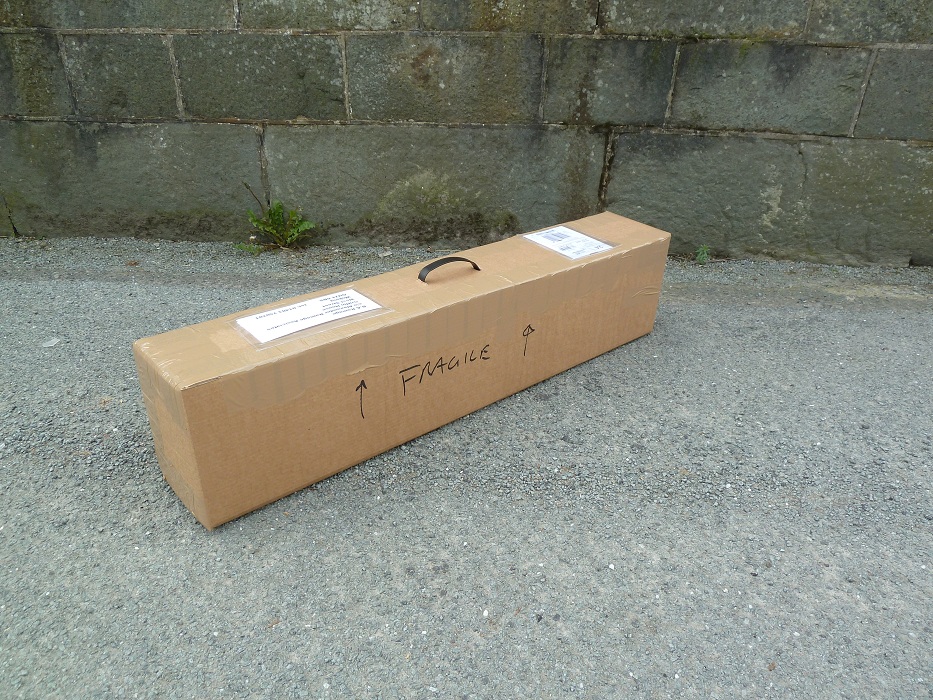Hi Gayle,
Certainly memorising your music will improve your performance of it in the long run as it frees up mental capacity to allow you to focus on the tone and feel of the piece. Lets take this top level professional concert as an example.
The orchestra members are using the music- the conductor is doing a lot of the 'feel' and enterpretation 'work' for them. The conductor and soloist themselves know the piece intimately and work without the sheetmusic, and this frees up their capacity to put real feeling into the performance.
Basically, reading the music is taking up brain space in the moment that you could be using for listening and adapting. It takes a lot of work to memorise a piece of music but as you have found it can allow you to improve your performance.
Robin


 I'm not sure if that has to do with playing or just the aging of the wood - or perhaps a combination? Some older instruments that have been in attics and not played much at all still have that 'aged' tone. Also some new instruments built from aged or reclaimed wood sound wonderful. I had a batch of dulcimers delivered recently from the Hagen family workshop and a couple of them sounded particularly wonderful. I asked Chas about them and he said that the tops on those instruments were from a billet of cherry that had been cut over 50 years ago - so there was my answer!
I'm not sure if that has to do with playing or just the aging of the wood - or perhaps a combination? Some older instruments that have been in attics and not played much at all still have that 'aged' tone. Also some new instruments built from aged or reclaimed wood sound wonderful. I had a batch of dulcimers delivered recently from the Hagen family workshop and a couple of them sounded particularly wonderful. I asked Chas about them and he said that the tops on those instruments were from a billet of cherry that had been cut over 50 years ago - so there was my answer! So my music 'theory' tends to be reverse engineered based on what's actually happened
So my music 'theory' tends to be reverse engineered based on what's actually happened 


 You just need lots and lots of practice like Robin T said above. Strumming is a very complex skill - it is physically difficult and musically difficult and it is the most important aspect of your playing. If you are not struggling with strumming, then you are not pushing yourself hard enough. I
You just need lots and lots of practice like Robin T said above. Strumming is a very complex skill - it is physically difficult and musically difficult and it is the most important aspect of your playing. If you are not struggling with strumming, then you are not pushing yourself hard enough. I 



 I never enjoy it when we wind up playing in a session with a guitar player like this.
I never enjoy it when we wind up playing in a session with a guitar player like this.
 LOL !!!!!
LOL !!!!!
 Sad because I felt pretty good about my ability to keep up with the music itself.
Sad because I felt pretty good about my ability to keep up with the music itself.